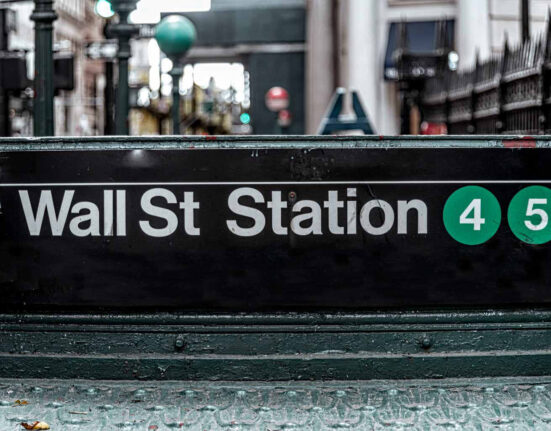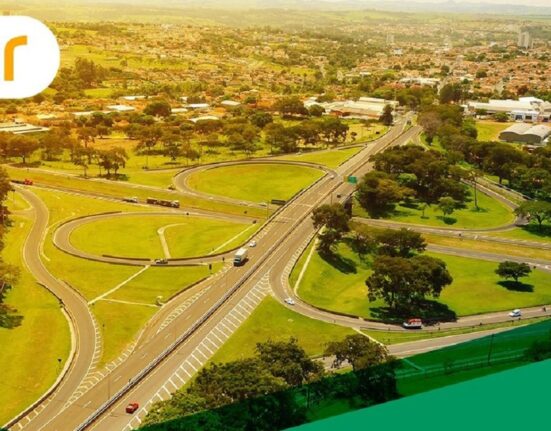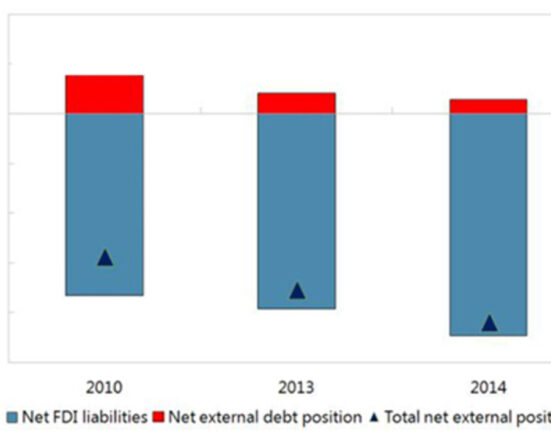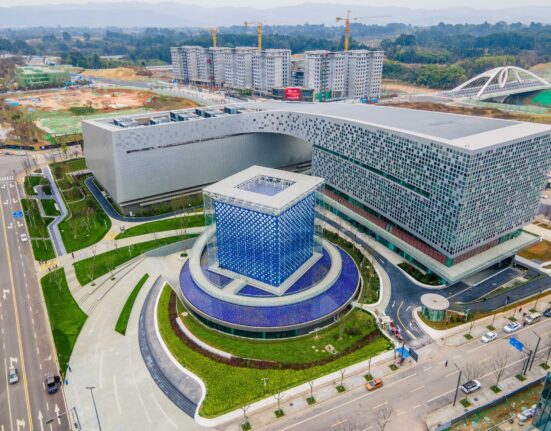Driving in Central America can be a wild adventure, and not always in the fun way. From San Salvador to Panama City, traffic nightmares plague these urban centers, leaving both locals and visitors stuck in gridlock for hours on end. But what makes these cities such challenging places to navigate behind the wheel?
Imagine driving through San Salvador, El Salvador’s capital—it’s like being trapped in a never-ending maze of honking horns and bumper-to-bumper traffic. According to data from traffic indices like TomTom Traffic Index, residents here lost an average of 33 hours sitting idly in their cars in 2019. The city’s road network, designed over 50 years ago for far fewer vehicles than now traverse its streets daily, simply can’t handle the load. Narrow roads, potholes that appear out of nowhere, and reckless driving behaviors turn every commute into a white-knuckle experience.
San José in Costa Rica is no better; it grapples with what experts call a full-blown “traffic crisis,” spreading beyond the city limits into its Greater Metropolitan Area. Rapid urban sprawl combined with inadequate public transport systems forces thousands of commuters onto already congested roads, creating chaos that spills over even into weekends.
Guatemala City takes the crown as Central America’s largest traffic nightmare where residents collectively waste millions of hours each year stuck on clogged roads—a situation so dire that it incurs economic losses equivalent to one-third of Guatemala’s national budget. Private cars reign supreme here despite the woefully inadequate public transport system. Poor road conditions further exacerbate the problem, making navigating this sprawling metropolis feel like a battle against an unyielding tide of vehicles.
Panama City may have seen significant growth propelled by economic prosperity but struggles under the weight of rapid car sales coupled with aging infrastructure. However, commendable efforts are underway to address these challenges through comprehensive road reordering plans and innovative solutions like the Panama Metro—the region’s only subway system—offering some hope amid the chaos.
Tegucigalpa faces chronic congestion aggravated by ongoing construction projects that snarl major boulevards regularly—an issue compounded by poor road discipline and limited adherence to traffic laws among drivers. Despite introducing initiatives like Metrobús Tegucigalpa rapid bus transit system aimed at improving travel times and reducing congestion, public transport inefficiencies continue to plague this Honduran capital.
Managua stands out as a unique case where decades-old earthquake damage combined with war-induced poverty have shaped its eerily flat landscape dotted with pothole-ridden roads and aggressive drivers—a scene reminiscent of dystopian movie sets where each commute feels like an endurance test.
On the flip side lies Belmopan in Belize—a shining example of thoughtful city planning post-Hurricane Hattie which saw meticulous layout designs emphasizing green spaces and centralized services aimed at minimizing traffic congestion while ensuring livability. However, bustling Belize City paints a different picture with significant traffic challenges aggravated during peak hours due to malfunctioning lights and key intersection bottlenecks.
In light of these harrowing tales from Central America’s urban jungles, survival strategies emerge for intrepid drivers daring to brave these asphalt battlegrounds:
1. Smart Tech Solutions: Embrace apps like Waze for real-time navigation assistance but proceed cautiously as not all routes suggested may be ideal.
2. Timing Is Key: Avoid peak hours if possible or brace yourself for prolonged standstills extending well beyond conventional rush hour periods.
3. Drive Defensively: Resist aggressive maneuvers that only contribute to worsening gridlock; courteous driving can go a long way towards easing congestion.
4. Know When to Retreat: Sometimes conceding defeat might be wiser than battling endless queues—opting for alternative modes like public transport could offer respite from vehicular purgatory.
As Central America continues grappling with escalating car ownership rates outpacing infrastructural developments across its urban landscapes,drivers must arm themselves with patience,flexibility,and technological aids when venturing into these chaotic thoroughfares.After all,amidst all frustrations lie pockets of beauty awaiting discovery once they escape urban tangles—all part of traversing this vibrant region pulsating with life.









Leave feedback about this